How to diversify your sales strategy and improve your sales volumes? With these 10 sales channels!

Top 10 online sales channels for your retail business. Source: shutterstock.com
In case you are not a novice in retail business and have experience in selling goods through a retail shop, you may have heard something about a multichannel approach or things related to it. If not – you can use an EssayHub write my essay service to get a whole essay worth of in-depth research. They will give you a quick rundown just in case.
What does “multichannel sales strategy” mean? It means to find a way to sell your goods in other places besides a retail shop or e-commerce website. If you choose more than just one sales channel (online, offline, and any other possible and impossible ways) you offer simply more than most merchants and increase the likelihood that potential customers will discover your brand.
You may own bricks-and-mortar and e-commerce shops, and that’s good, but there are many kinds of online marketplaces and platforms for selling goods, and it is possible that you will find new customers there, who one way or another couldn’t find your brand otherwise.
You might want to do a little research before you choose an online marketplace. And the reason to do this is that not every online sales channel fits every business. So, it is vital to find the one that will utterly meet your demands.
10 most frequently used online sales channels
1. General marketplace
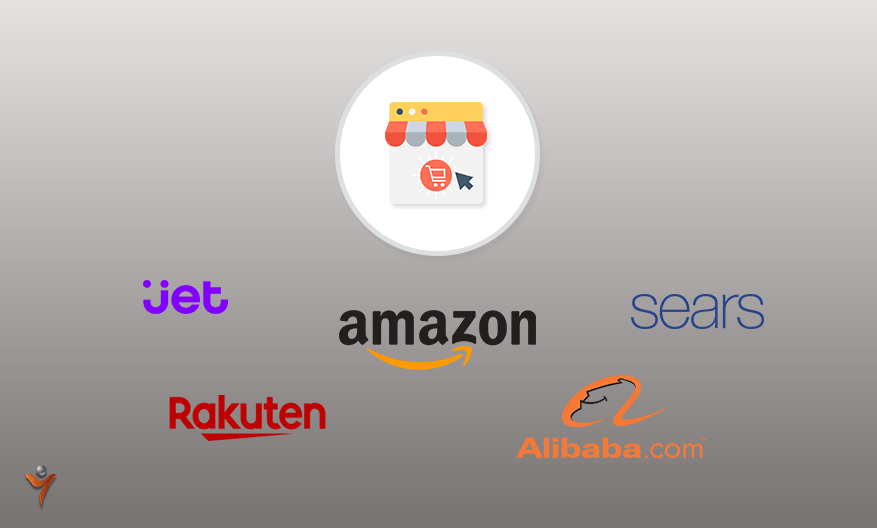
Amazon may be the best instance of a general marketplace. It works like a big mall with multiple little sale-spots, which you, as a merchant, can rent. This place attracts a broad audience, so by placing your goods there you can just “sit and wait” until someone notices your brand.
Working with a marketplace like Amazon also has its “cons”. Customers often think that every product on this site is an “Amazon item” when in fact there are a lot of third-party sellers with their own products.
Generally, it is an excellent and reliable marketplace, but it always varies and depends on the sales volumes.
SEE ALSO: How to sell on Amazon
2. Auction marketplace
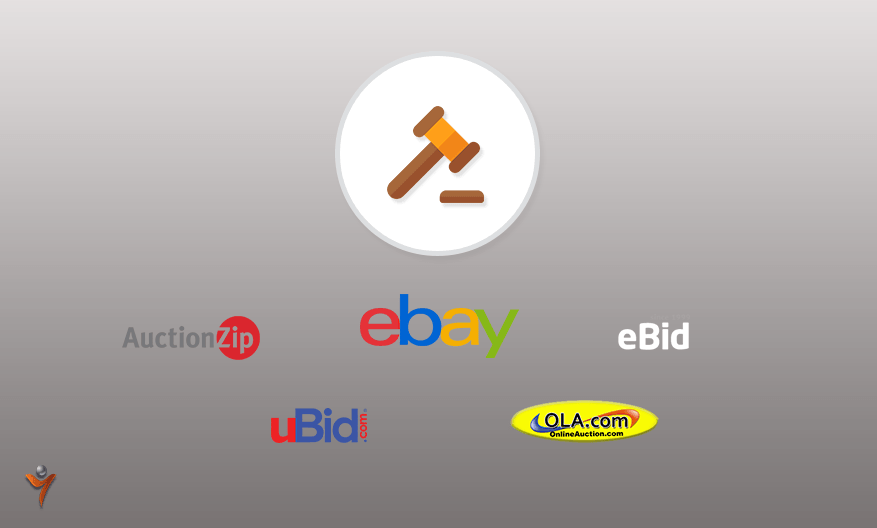
A good example of an auction marketplace is eBay. It works a little differently from Amazon, and it mostly uses an auction-style approach.
There are some “cons” here too. Since this service uses an auction-style, a merchant has to wait some time to sell his product. Also, it is a risk that the seller will not receive the full value of his product (e.g. if a bid price is low).
SEE ALSO: How to sell on eBay
3. Social networks
Merchants now can use a Facebook Store, it’s Facebook’s option to cooperate with merchants’ e-commerce sites to sell directly from Facebook pages for business. It works amazingly well if you have multiple Facebook followers.
You can also use a Facebook Marketplace, which works well for its purposes too (if you need to resell something).
Using social media marketplaces is a good option if you know how to use them (or if you have many followers).
SEE ALSO: A complete guide to Facebook Marketplace

4. Handmade and crafts marketplace
Etsy is the most well-known site for handmade, vintage, and crafty products. It suits sellers who manufacture their own goods or create unique, fancy, or rare items.
Using Etsy will cost you a commission for each item you sell (percentage price the item was sold for).
SEE ALSO: How to sell on Etsy: step by step guide
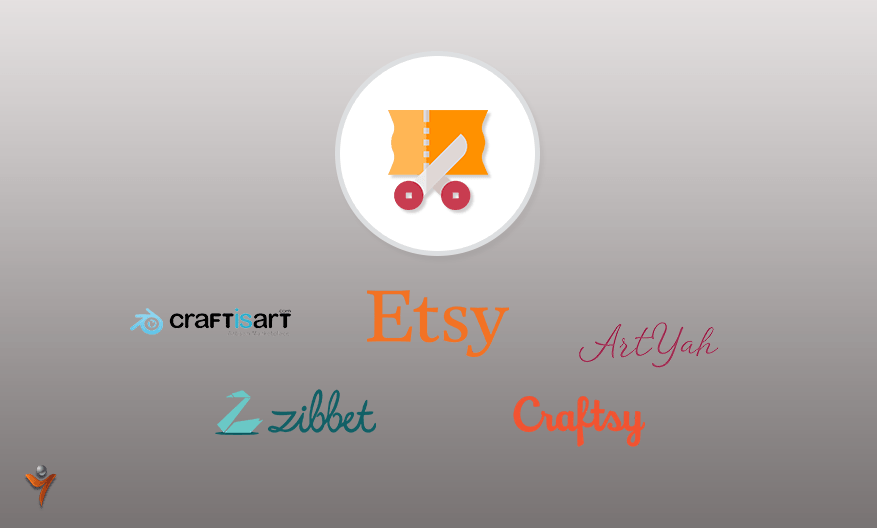
5. On-demand production marketplace
CafePress is a site where merchants can sell and design printed goods. Why is this model for businesses considered to be good? It’s easy – you can draw new designs for t-shirts and mugs and save money on warehousing and management costs.
Moreover, CafePress pays royalties for unique designs. Using these platforms, you won’t have to pay setup fees, only a monthly one. You can even pay a monthly fee from your royalty funds.
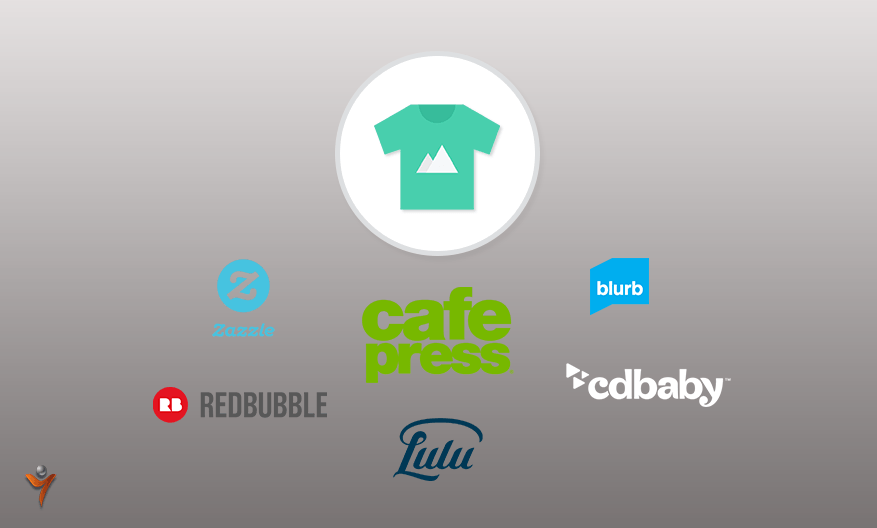
6. Unique items marketplace
Maybe you have heard Bonanza’s motto – it is, “Find everything but the ordinary,” and it definitely speaks for itself. You can find extraordinary and unique items on this marketplace. It mostly suits merchants in the fashion and clothing industry.
This site lacks some of the features of bigger sites (like Amazon or eBay), but it has its target audience, so it is a good option for sophisticated people who are looking for less mainstream stuff.
This site doesn’t have setup fees, but you’ll have to pay a commission for each item you sell.
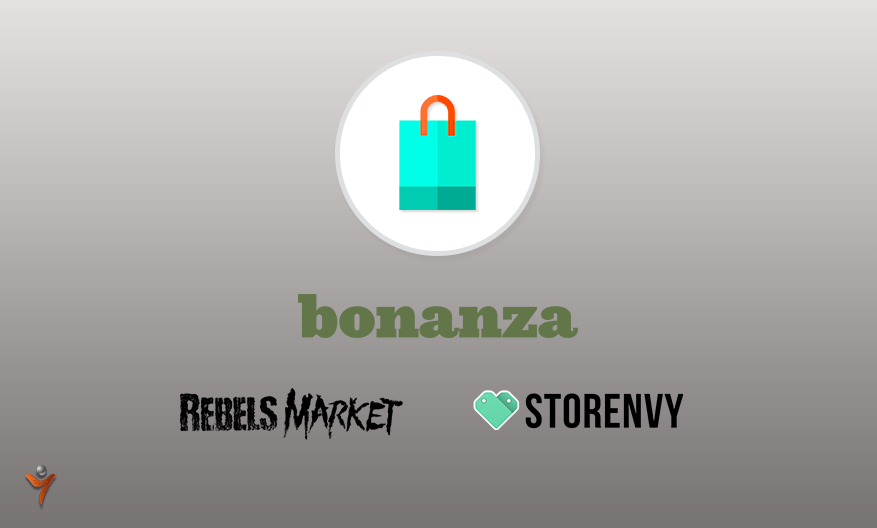
7. Subscription box service
In case you plan to run a subscription box business, Cratejoy or any platform like it will be a very reasonable choice.
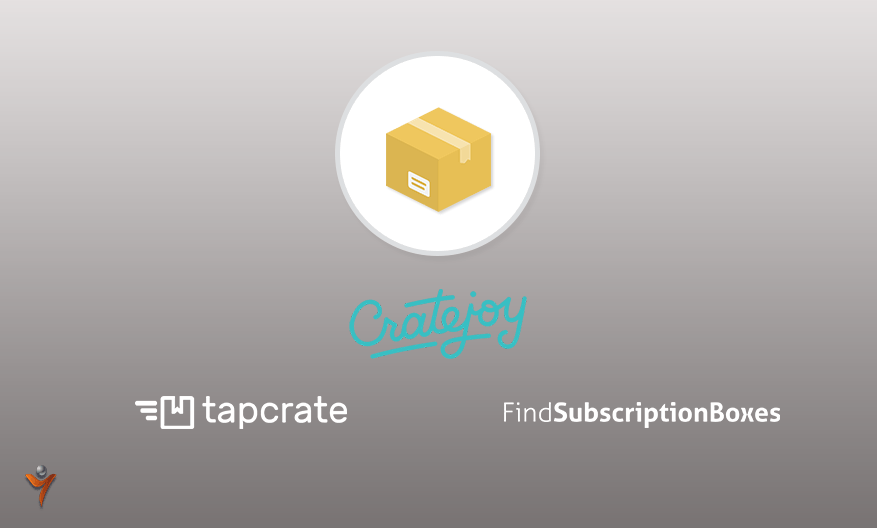
8. Classified listings website
Craigslist is a good example of a classified listings website, and its working principle is the same as that of a bulletin board. It means people use it to sell items they no longer need, so it is not so good for merchants who sell brand-new or original (handmade) goods.
This site suits those, who buy and re-sell different things. The main “pros” about Craigslist is that it is absolutely free, while the “cons” is that using marketplaces like Craigslist can be riskier, because of fewer protection features.
SEE ALSO: Safety tips for avoiding the most common Craigslist scams
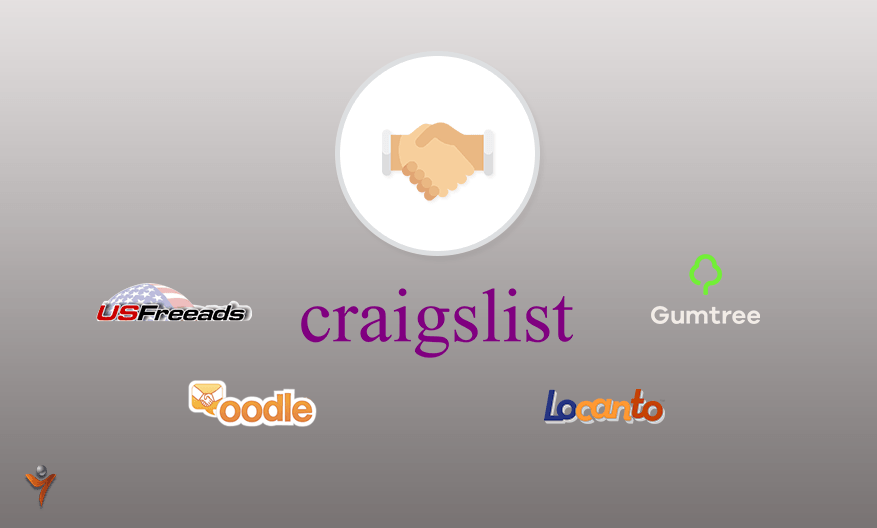
9. Comparison shopping engines
In the case, you sell items that are not unique, or other merchants are also selling them, sites like Google Shopping will be a very interesting option for you. Firstly, this site serves as a price-comparison tool, and secondly, a lot of price-conscious purchasers browse such sites before they visit all other marketplaces. However, this site has its weak points too. Being a price-comparison tool, this site narrows down the potential customer pool, which means it suits those, who are looking for the lowest prices. So, this is not the best site for merchants, who sell antique, expensive, or luxury goods.
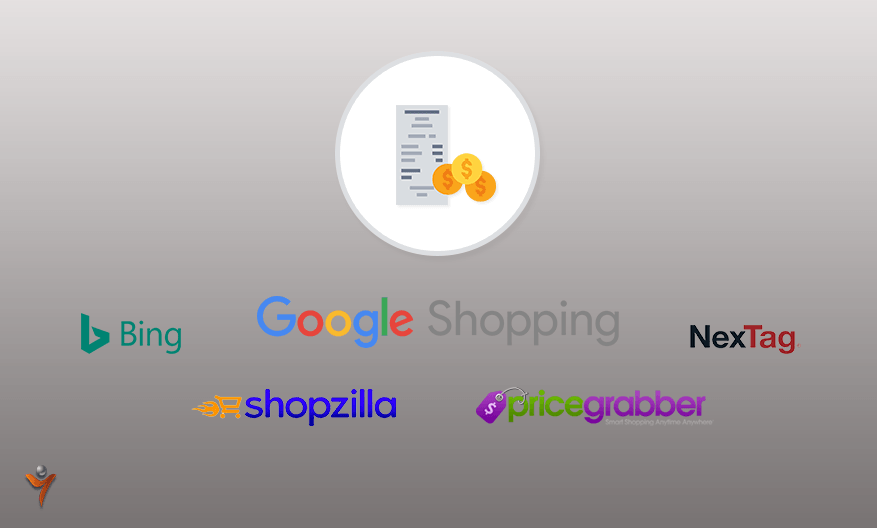
10. Daily deals sites
The last option in our list is a daily deals site, and Groupon is an outstanding representative of this class of site.
It works as an ordinary collective buying service, where merchants advertise their products via e-mail or any other way, reducing prices on the goods and services.
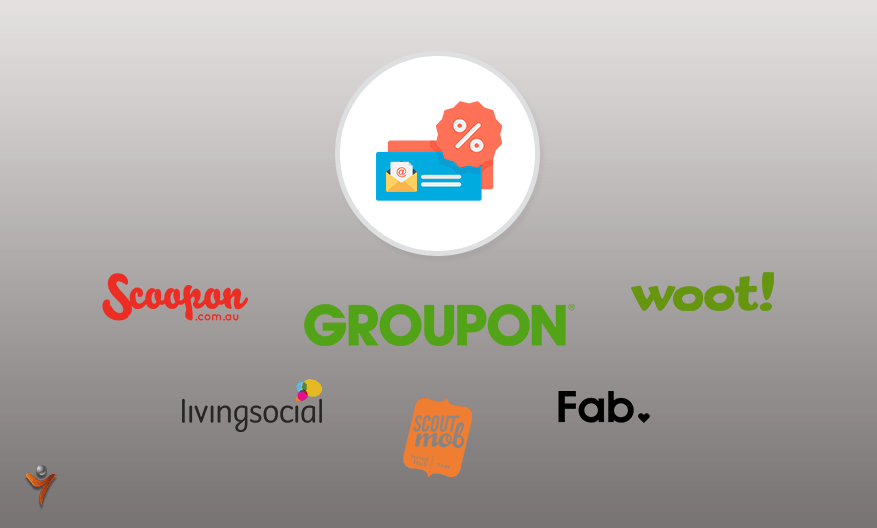
SEE ALSO:









